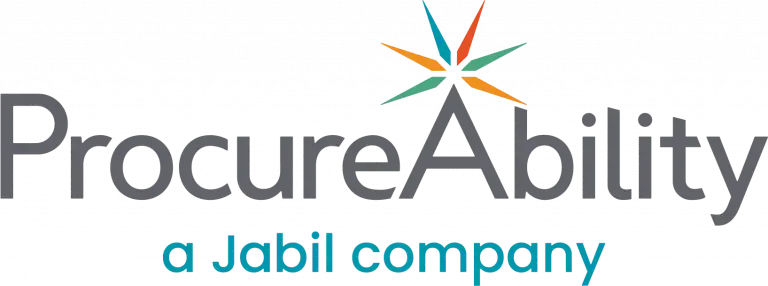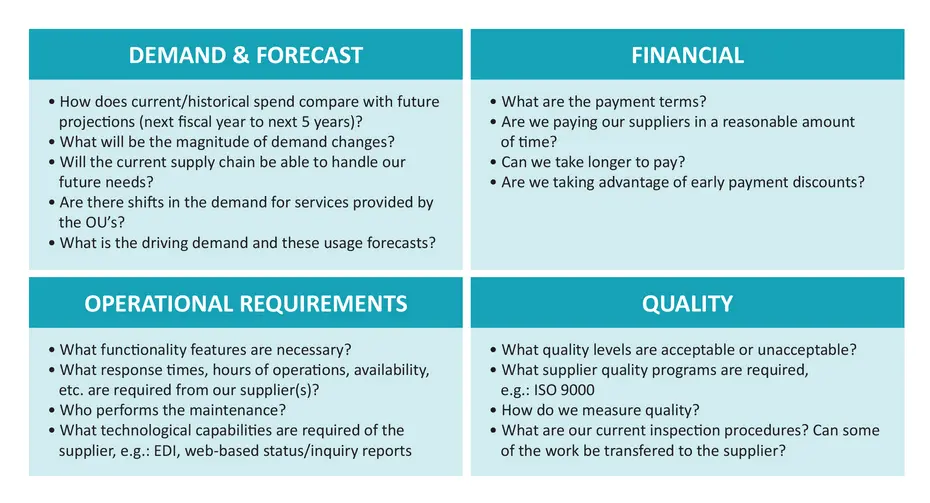
Category Management is often perceived as complex, but it doesn’t need to be intimidating. Whether you’re a procurement leader already using a category management approach or considering adopting one, understanding its core principles can help you drive greater value across your organization. Below are five foundational truths that demystify category management and highlight why it’s a powerful strategy for modern procurement teams.
1. Category Management Is the Most Advanced Procurement Strategy
Procurement typically evolves across three main stages: tactical purchasing, strategic sourcing, and category management.
- Tactical purchasing focuses on transactional activities like issuing purchase orders and executing spot buys (“three bids and a buy”).
- Strategic sourcing builds on this by optimizing supplier selection, consolidating spend, and capturing greater value.
- Category management goes even further. It takes a holistic view of entire spend categories and leverages deep market insights to shape procurement strategies that adapt in real-time to changing market conditions.
This progression positions category management as the most mature and impactful procurement methodology. By progressing from tactical buying to strategic sourcing and ultimately category management, procurement teams evolve into true strategic business partners.
2. Category Management Is an Ongoing Process
Unlike one-time sourcing events, category management is a continuous improvement cycle. Because markets shift and business needs evolve, category plans must remain dynamic to stay relevant and effective. It requires regular assessment and evolution of strategies to ensure optimal life cycle costing and long-term value.
This continuous cycle aligns with supplier relationship management (SRM) and ensures spend management optimization over time.
3. Market Knowledge Is Essential for Success
A strong category management program depends on deep and current market intelligence. Category leaders need to stay informed about supplier capabilities, pricing trends, innovations, and risks within their markets. This knowledge enables them to make proactive decisions and design category strategies that align with both business needs and market conditions.
4. You Don’t Need a Formal Category Manager to Get Started
Implementing category management does not require immediate restructuring or hiring new roles. Many organizations begin by assigning category points of contact or leads. These individuals can begin managing categories through structured frameworks, gradually building toward more formalized category ownership and governance models over time.
5. Procurement’s Role Is to Guide the Business Strategically
Procurement serves as a trusted advisor to business units by asking the right questions and aligning category plans with broader business goals. Procurement should explore key areas such as:
- Demand and forecast analysis
- Financial goals and constraints
- Operational and functional requirements
- Quality expectations and performance metrics
Through this consultative approach, procurement helps stakeholders understand historical trends, identify cost-saving opportunities, and define what success looks like for each category.
The Strategic Value of Category Management
When executed effectively, category management delivers stronger outcomes than tactical or sourcing-led approaches. It fosters alignment across stakeholders, improves supplier collaboration, and supports long-term planning through data-driven insights and performance benchmarks. More than a procurement process, category management is a strategic enabler. It empowers organizations to maximize value across spend categories, adapt to market shifts, and build resilient, forward-looking procurement functions.
Want to see how your organization compares to leading procurement teams? Schedule a discussion with ProcureAbility’s category management experts and uncover practical steps to accelerate your impact.




